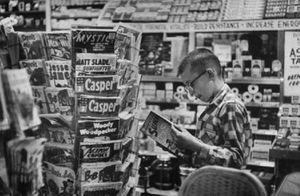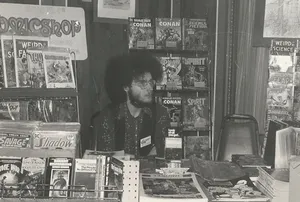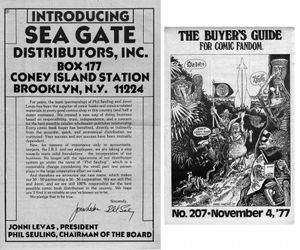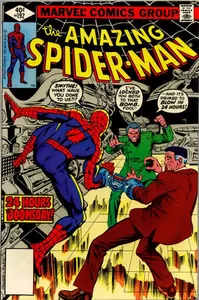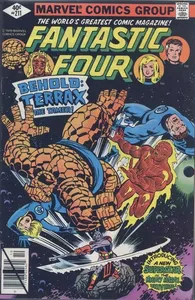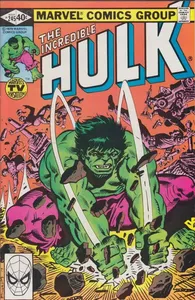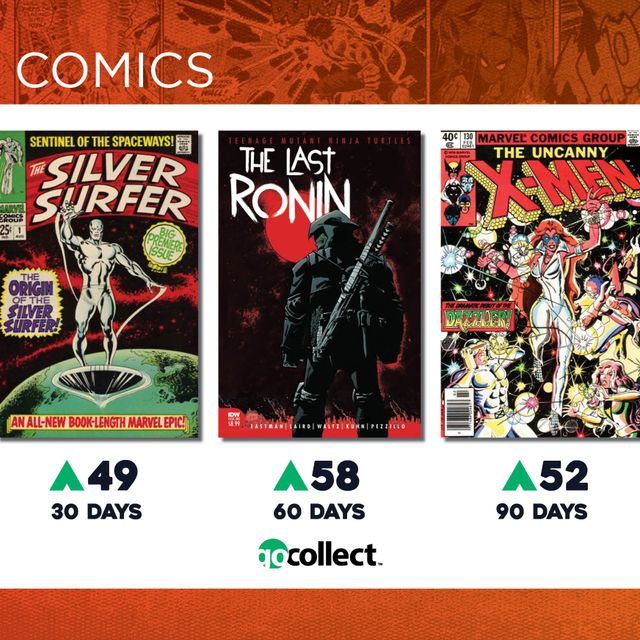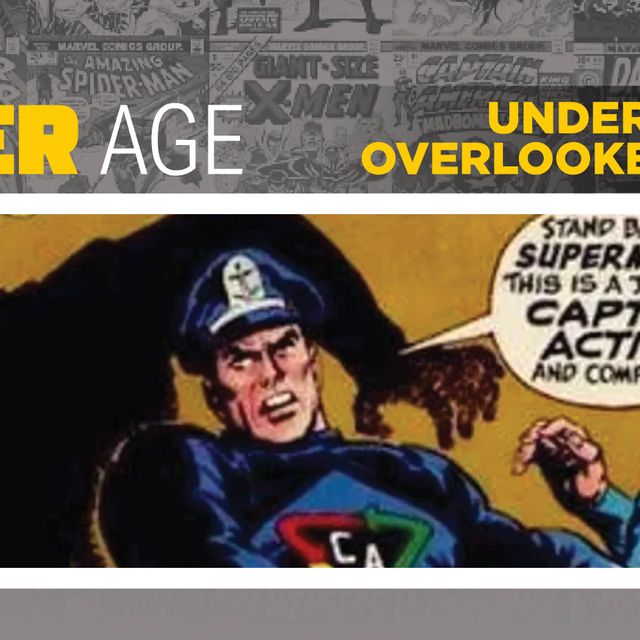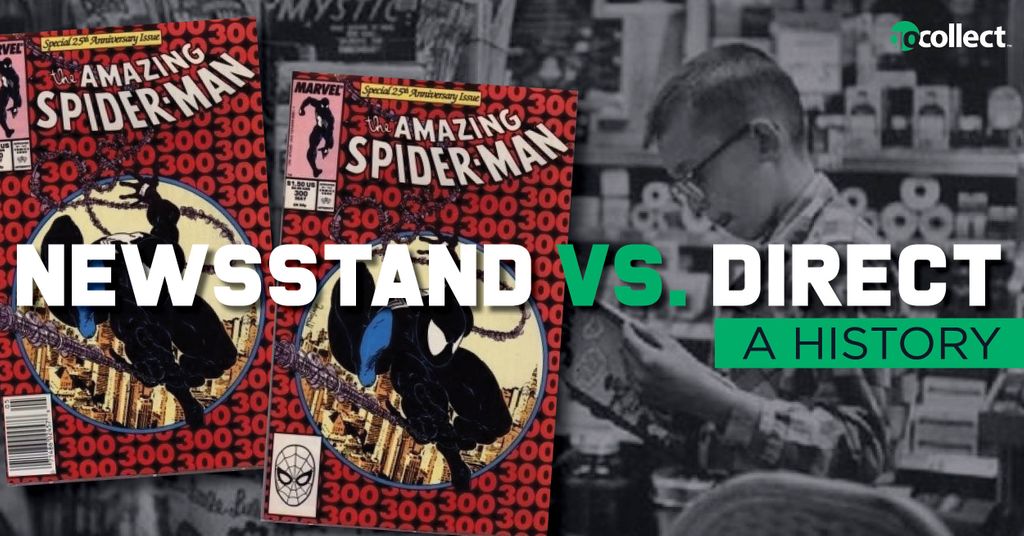
A Little History (OK a Lot of History) of Newsstand Comics
From the time comic books began, there were newsstand editions and only newsstand editions. Newsstand didn’t mean they were just sold in newsstands. They were also sold in drug stores, grocery stores, convenience stores, pretty much any place that could hold a magazine rack or a spinner rack.
Comics were sold to these retailers on a returnable basis, meaning any copies not sold could be returned to the distributor for a percentage of the cover price, typically pennies on the dollar, who then sold them again to five and dimes and other smaller retailers – because who cared about old comics then? Or, ever worse for collectors like us, they were pulped and the pulp sold to print other comics or newspapers or whatever.
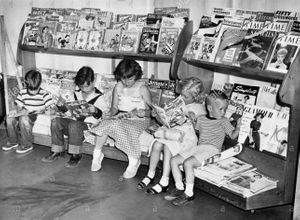
It is estimated that even at its peak, no more than 25% of comics printed were sold; the other 75% were destroyed or mutilated. And so it went for the first 36 years of the serialized comic book business.
Birth of the Direct Market
In the early 1970s, shops devoted solely to comic books began cropping up. Not many at first, but by the mid-1970s there were likely a few hundred spread across the country.
Phil Seuling, a big name in the collecting community and the first person to cobble together a comic convention in New York City, cut deals with the big comic book publishers at the time – Marvel, DC, Archie, and Warren – to distribute comics directly to the comic book shops.
In exchange for paying a lower percentage than the newsstands were paying – or Curtis Circulation, the primary newsstand distributor for Marvel – Seuling would buy the comics on a non-returnable basis. His company, which would eventually go by the name of Sea Gate Distributors, would then sell the comics to the shops, also on a non-returnable basis and a week earlier than the newsstands, and would be the sole distributor to comic book shops from 1972 to 1979.
Problems in Need of a Solution
During those seven years, some major problems had arisen. The comic books Sea Gate was distributing to the shops were the exact same ones that were being distributed to newsstands. The comic book shops were using middlemen to return comics despite getting preferential purchase pricing.
In other words, they were making money coming and going because no one could tell the difference – the bar codes (or UPC codes) were the same regardless of the initial means of distribution. This cost was then passed on to the publishers. The other issue was that Sea Gate was demanding money from the shops when their orders were placed.
No credit was offered, so the shops were pretty much incentivized to return unsold books; they needed the funds to purchase new books. Marvel, the publisher that will be the primary focus of this series, saw the promise of a direct market that had grown to 1,500 stores in 1979, all while newsstand sales had been steadily shrinking. It endeavored to solve these problems in two ways.
First, they made deals with all of Sea Gate’s sub-distributors, cutting out Sea Gate completely. These sub-distributors would cut deals with shops that allowed for books to be purchased on credit, easing the burdens on the shops.
To stop the practice of shops returning unsold comics, Marvel began printing comics for direct distribution.
To differentiate the comics to be sold in the direct market, beginning with comics cover-dated May 1979, Marvel printed books with a blank box instead of the UPC code.
For books cover-dated June 1979, the differentiator would be a diagonal line running through the UPC code.
And by February 1980, that differentiator became the Spider-Man face that would adorn nearly every Marvel comic sold in the direct market throughout the 1980s.
Next: Why Newsstand Editions are Worth More than Direct Editions
Now that we know all about the history of the early direct comic book market and why separate editions were printed for that market, in our next blog we’ll take a look at just how rare newsstand editions are when compared to direct editions.
Keep up with more 101 coverage:
-
WILL STUDENT LOAN FORGIVENESS CREATE A SELLER’S MARKET?
-
GRADING EXPERIMENT PT 3: SUBMITTING BOOKS TO CGC
-
BUYERS BEWARE: MISTAKES MADE BY SELLERS THAT COULD HURT YOU
Do you collect or invest in newsstand editions? Let us know below!

